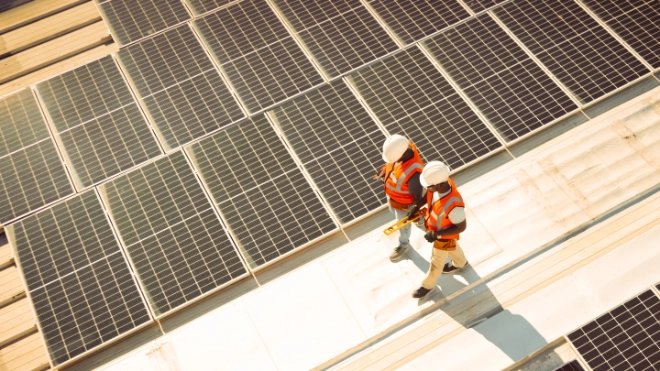Rapporten
Blijf op de hoogte van economische trends, risicoanalyses en exportstrategieën met onze rapporten en analyses. Speciaal ontwikkeld om exporteurs en financiële besluitvormers te ondersteunen op wereldwijde markten.
 Nederlandse Staatsbedrijvenvh
Nederlandse Staatsbedrijvenvh
 Nederlandse Staatsbedrijvenvh
Nederlandse Staatsbedrijvenvh

Blijf op de hoogte van economische trends, risicoanalyses en exportstrategieën met onze rapporten en analyses. Speciaal ontwikkeld om exporteurs en financiële besluitvormers te ondersteunen op wereldwijde markten.
Filteren op
Amid a fragmented global landscape, the EU and India are pursuing different strategies to build economic...


Discover how the global economy is navigating trade tensions and uncertainty, with AI investment driving resilience and shaping growth...

Can South Africa's GNU party overcome tensions and structural challenges to unlock GDP growth?

Op zoek naar veilige havens in een verdeelde regio

De schok van het Amerikaanse handelsbeleid is ongekend en drukt op de mondiale economische vooruitzichten.


The energy mix is gradually moving away from fossil fuels to renewables
Kijken op 7 van 117








Een veilige oplossing voor uw exporttransactie?
Ontvang automatisch ons online magazine - Creditnotes.